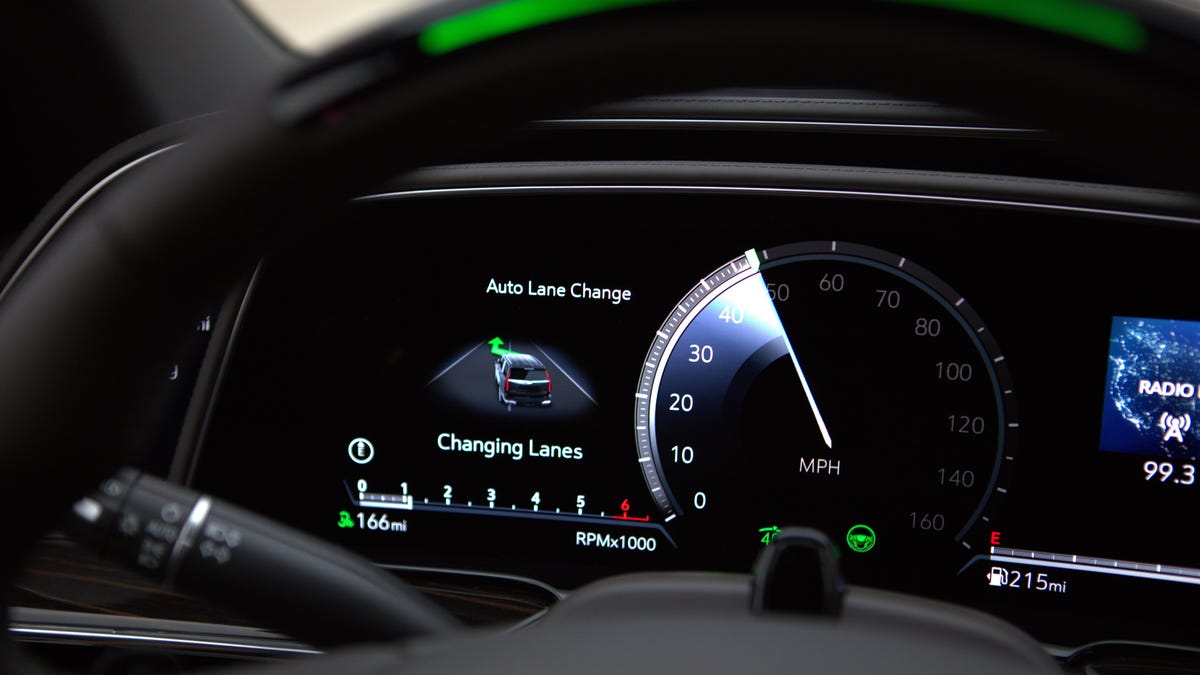GM's Super Cruise aims to be in 22 vehicles by 2023
The hands-off tech will start moving beyond Cadillac in the next year or so.
Cadillac's Super Cruise is one impressive system, combining a number of driver aids to allow for hands-off piloted driving in certain situations. However, it's been awfully limited in its deployment since its release, limiting its appeal. That's all set to change in the next couple of years, though.
General Motors intends to deploy Super Cruise technology in 22 different vehicles by 2023, CNBC reports, citing comments from GM president Mark Reuss during an investor call. Beyond saying it would be rolled out "in a big way," Reuss declined to offer too many specifics.
What we know right now is that, after Super Cruise works its way to every new Cadillac model, it will start heading to other GM models. Whether that is Chevrolet or GMC or Buick is yet to be seen, and a request to GM for additional information has yet to be returned. Previous comments about Super Cruise have suggested a rollout beyond Cadillac in 2021, which wouldn't leave GM much time to shoehorn it into more than a dozen different cars.
The closest point of comparison for Super Cruise is Tesla's Autopilot, but the two are still wildly different. Super Cruise is limited to approximately 200,000 miles of highway that GM has already mapped with lidar, whereas Autopilot can be engaged in a variety of situations. Both will hold the vehicle in a lane on the road, matching its speed with traffic and even coming to a full stop, need be. When it launches on the CT4 and CT5 sedans, Super Cruise will add automatic lane changes, too, a system that's already enabled on Autopilot.
Super Cruise will continue its expansion with the CT4 and CT5, in addition to the 2021 Escalade . Beyond that, it's up to GM to announce where and when Super Cruise will end up.
Originally published Feb. 5, 9:32 a.m. PT.
Update, Feb. 6: Changed GM's target date to 2023 from 2022, which was an error.


